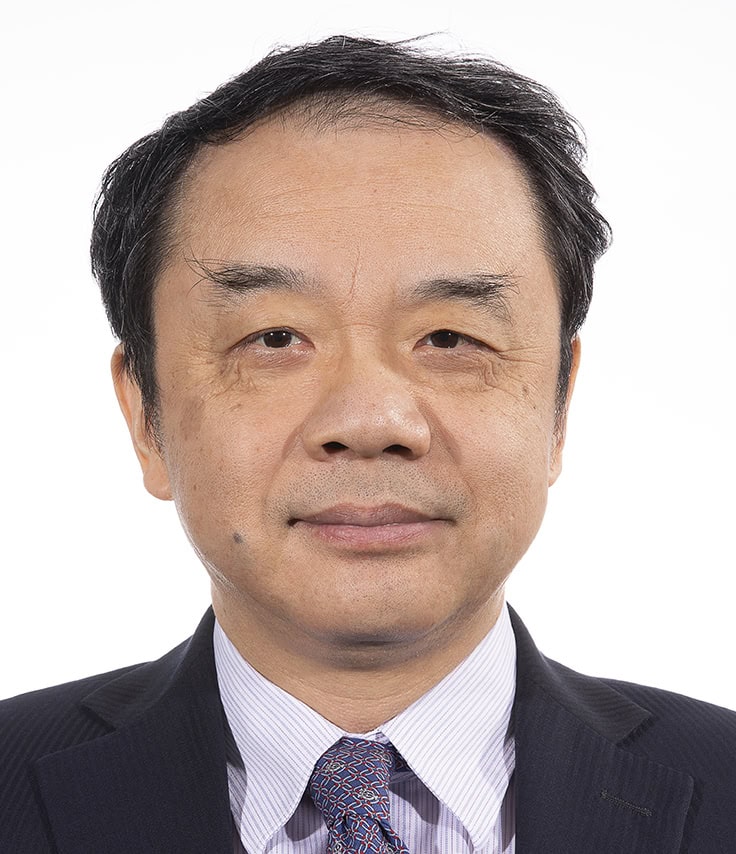Biosketch
Yifang Wang was born in 1963 at Nanjing, China, earned his BA in Nuclear Physics from Nanjing University in 1984, and Ph.D in High Energy Physics from the University of Florence in Italy in 1991. He was then a research fellow at INFN of Florence, MIT and Stanford University, and joined the Institute of High Energy Physics as a researcher in 2001. He became the deputy director of IHEP in 2005 and director in 2011. He is currently a member of Chinese Academy of Sciences, an International member of NAS, a Foreign Member of Russian Academy of Sciences, a Fellow of The Third World Academy of Sciences and the American Physical Society. He was awarded the Breakthrough Prize in Fundamental Physics; Panofsky Prize for experimental particle physics by the American Physical Society; EPS-HEP prize for the Daya Bay experiment by the European physical society; Nikkei Asia Prize by Nikkei Inc.; Pontecorvo Prize by JINR in Russia; Future Science Prize, Zhou Guangzhao Fundamental physics prize, Ho Leung Ho Lee Scientific and Technological Progress Award, and the 1st grade of the National Natural Science Prize of China. He holds Honorary Doctor Degrees from the Ruhr-Universität Bochum in Germany,Suranaree University of Technology in Thailand, and was awarded the medal of “L’Onorificenza di Commendatore” by the Republic of Italy.
Research Interests
My research covers mainly three areas: 1) Study of neutrino properties via reactors: We succeeded in the Daya Bay experiment to firstly measure the neutrino mixing angle theta_13. We are now building a world largest liquid scintillator detector located in an underground laboratory, called JUNO, to measure the neutrino mass ordering and other mixing parameters, to study astrophysical objects including the sun, the earth, and supernovae, and to search for proton decays, sterile neutrinos, and neutrinoless double-beta decays; 2) Search for new physics via Higgs boson: Higgs boson is the best portal for new physics, for its possible coupling to new particles at higher energy scale and to the dark sector. Our research, together with others, led to the consensus of the community that Higgs factory is the highest priority of high energy physics in the near future. We are working on the design, technology R&D and prototyping of a Circular Electron Positron Collider (CEPC) with 100 km circumference for this purpose. 3) Instrumentation development: I have been working on all kinds of scintillation detectors for particles. The latest develop of glass scintillators may lead us to build a world first full absorption electromagnetic and hadron calorimeter combined. A related research is development of Photomultipliers based on Microchannel Plates. I am also interested in the development of new accelerator technologies, such as Plasma Wake-Field acceleration, RF cavities and RF klystrons.
Membership Type
International Member
Election Year
2024
Primary Section
Section 13: Physics
